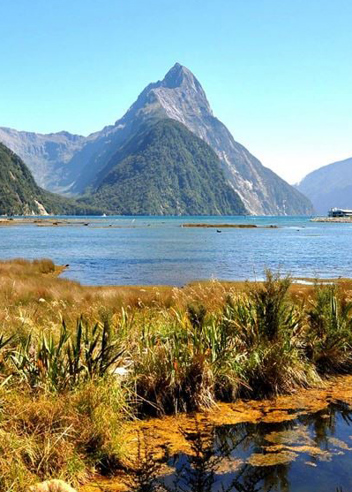Kenya and Tanzania are home to some of the world's most famous wildlife sanctuaries, having established a regime of legal protection for wildlife and having developed a new economic activity based on tourist wildlife observation programs. In the past, both indigenous Maasai herders who lived and hunted in the same habitats as wild animals, and the organization of early wildlife hunting safaris had a significant impact on animal numbers.
Today there is a different model of economic activity based on tourism and the high fees charged both to visitors to enter the national parks and to the accommodation installed in or around the parks.
The result is now visible to an amazing extent, a huge open air zoo, with huge numbers of wild animals roaming freely in the savannahs, following climatic fluctuations and the rainy season.
The price of this policy is that the cost of participating in a safari is quite to very high, but the result is beyond all expectations.
With this program, we visit three of Africa's most important national parks, dedicating 1 or 2 days to the unique Maasai Mara, 1 or 2 days to the unbeatable Serengeti and concluding with the magical Ngorongoro, Noah's living ark.
A perpetual migration is observed between these three parks, starting with zebras in January to March, when the calving period begins, followed by gazelles and wildebeests in the summer months, July and August. Especially the crossings of the Grumeti &Mara rivers, which start in July, are a famous attraction as crocodiles and other predators wait for the animals at the crossings.
The program is offered both as a semi guide for 2 or more people, as well as as a guided guide for small or larger groups, on open dates. It is also offered as either a 6-day or an 8-day safari
Highlights
- Safari in three of the richest natural wildlife parks on the planet
- Ability to see the BIG FIVE (African elephant, rhinoceros, lion, leopard and African buffalo) up close in their natural habitat.
- To observe live the great migration and the unique images that accompany it
- To observe predators hunting within walking distance
- Visit the Olduvai Gorge and its museum, perhaps the most important paleoanthropological site in the world, where the skull of the first man to walk the earth was found about 3 million years ago
- Dive to the bottom of Ngorongoro crater, the living Noah's Ark
























